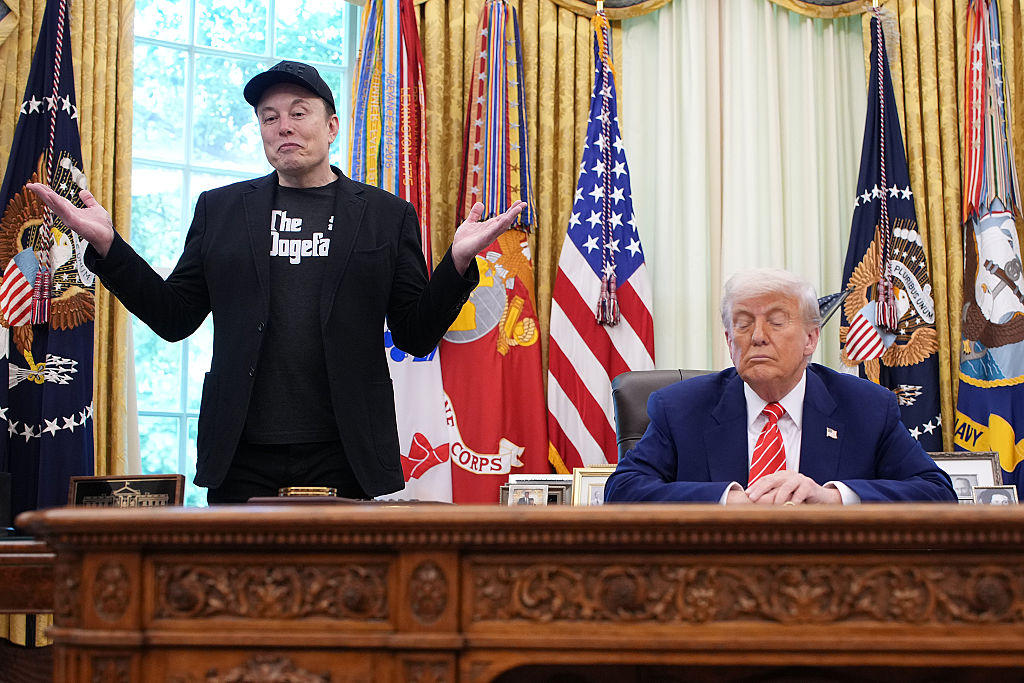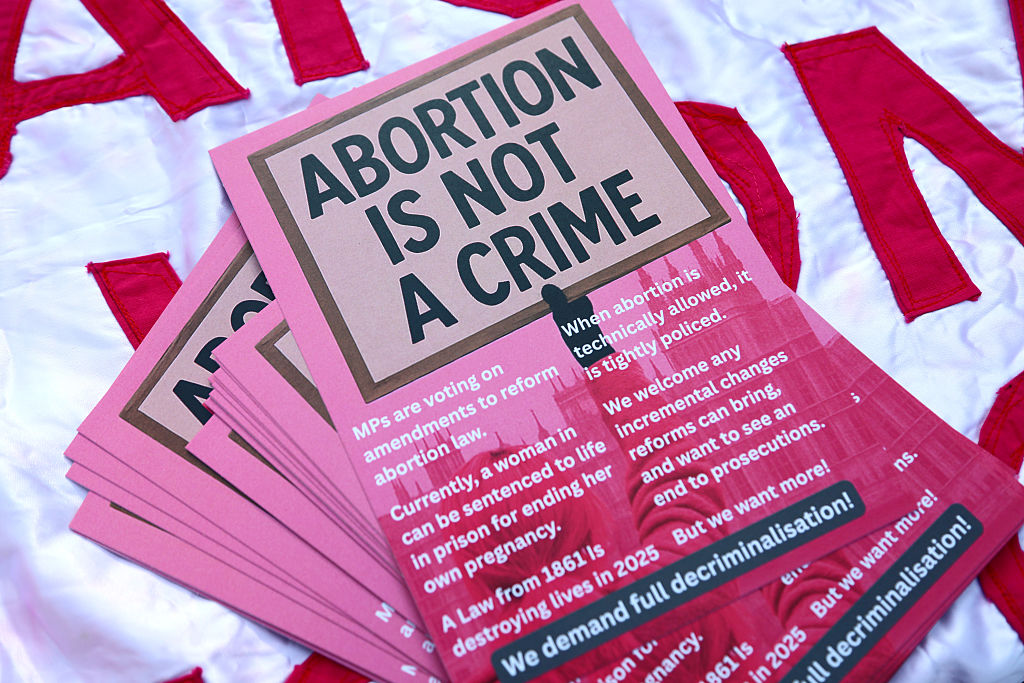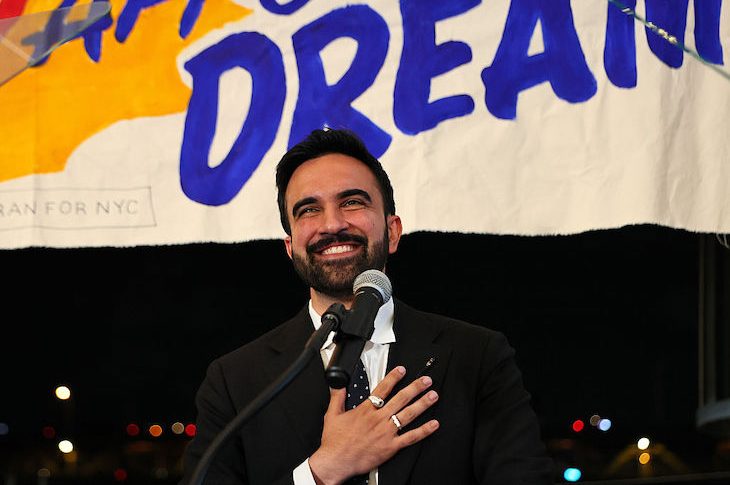In every iteration of the American National Election Studies since 1952, respondents have been asked to name their biggest “like” and “dislike” when it comes to the two main parties. From 1952 to 2004, voters’ biggest “like” about the Democratic party was that it was the “party of the working class,” whereas the biggest “dislike” that voters had of the Republican party was that it was the “party of big business and the upper class.”
Today, the parties’ reputations have shifted dramatically, mirroring the changing composition of their electorates. In the 1990s, nearly 60 percent of Democratic voters were white and didn’t have college degrees. For the 2020s, that proportion has fallen to 25 percent.
At first, Democratic leaders were remarkably nonchalant about this development. The party was losing working-class white voters, but it was making significant inroads with those in the middle classes. Before the 2016 election, Senator Chuck Schumer told a Washington Post forum: “For every blue-collar Democrat we lose in western Pennsylvania, we will pick up two moderate Republicans in the suburbs in Philadelphia, and you can repeat that in Ohio and Illinois and Wisconsin.”
If the Dems cannot win over the two-thirds of Americans without degrees, they are not going to win
This supposed trade-off, however, rested on the assumption that black and Latino working-class voters would remain overwhelmingly supportive of the party. At first, it seemed they would. In 2008 and 2012,83 percent of working-class, non-white voters voted for Barack Obama.
Post-Obama, the Democrats’ working-class, non-white support has fallen by 20 percentage points. The decline was most pronounced among Latinos. While Obama enjoyed leads of more than 40 points among working-class Latinos, Kamala Harris won this group by just four points.
In an echo of Schumer’s earlier comments, Republican congressman Matt Gaetz last year cheerily surmised the shift in voting patterns: “For every Karen we lose, there’s a Julio and Jamal ready.”
For some Democrats, this development was to be celebrated more than mourned. The party was winning the electorate of the future: voters who have thrived in a modern, interconnected and multicultural world. After her loss to Donald Trump, Hillary Clinton was quite keen to point out, “I won the places that represent two-thirds of America’s gross domestic product. I won the places that are optimistic, diverse, dynamic, moving forward.”
There are, however, some Democratic politicians who are not so comfortable with this perspective. The “Blue Dog Coalition” in Congress still sees its party’s roots as being in blue-collar America. This is not just a question of the party’s soul – although it is that, too – but an electoral imperative.
Their focus is less on the budget and more on representing the views of working-class voters
If the Democrats cannot win over the two-thirds of American adults without college degrees, they are simply not going to win elections. Moreover, because highly educated Americans tend to cluster in cities, working-class voters tend to be more efficiently distributed across congressional districts and states. This gives them outsized influence in Senate and presidential elections.
The Blue Dogs recently celebrated their 30th anniversary. Formed on Valentine’s Day 1995 following the Democrats’ historic defeat in the 1994 midterm elections, the original Blue Dogs had two defining features. They were almost all southerners – and they were deficit hawks.
For the next 20 years, the Blue Dogs were the Democrats’ voice of fiscal restraint. Their ranks swelled in the mid-2000s as the Bush presidency became deeply unpopular. In the 2006 and 2008 elections, more than 50 Democratic House members were in the group. They left their mark by restraining the ambitions of Obama’s domestic agenda, forcing the party to adopt tight fiscal rules in its economic stimulus package and watering down the Affordable Care Act.
But dry, classical liberal economics may not actually have been what Democratic voters were really after. The 2010 midterm elections wiped out half of the Blue Dogs. By 2014, just 14 remained, about a 75 percent decline from less than a decade earlier.
Today’s Blue Dogs are a different beast. Smaller in number – just ten House Democrats – the new generation also differs politically from its forebears. Their focus is less on the budget and more on representing the views of working-class voters. This means challenging their party on policies which are popular with well-educated liberals but off-putting to working-class voters, including on free trade, immigration, cultural liberalism and climate.
For example, members of the Blue Dogs have infuriated fellow Democrats by supporting some Republican deportation policies, questioning some environmental regulations and endorsing ballot security policies, including the SAVE Act, which would require people to prove their American citizenship before they are allowed to cast their vote.
The most interesting Blue Dog is the coalition’s co-chair Marie Gluesenkamp Perez. When she first ran for the House of Representatives in 2022, polling website FiveThirtyEight estimated her chance of victory in rural Washington state to be 2 percent. She won – and was reelected last year, even when most of the district’s voters backed Trump. Gluesenkamp Perez is the daughter of a Mexican-American evangelical preacher and was home-schooled in rural Texas. Before becoming a self-employed mechanic, she worked in a factory.
In 2023, Gluesenkamp Perez was one of just two Democrats to vote with Republicans to overturn Joe Biden’s executive order providing student debt relief at a cost of $400 billion. She complained that university degrees already enjoyed inflated social status. Offering nothing to non-college Americans was just disrespectful.
The liberal online magazine Salon asked, “With Democrats like Marie Gluesenkamp Perez, who needs Republicans?” The reality is, without members like Gluesenkamp Perez, Trump-voting congressional districts like hers would be Republican. Indeed, when the Democratic party was less ideologically rigid, it built a multi-decade majority in Congress by winning seats with candidates who took positions aligned with their conservative voters locally rather than liberal activists nationally.
The Blue Dogs resemble the “Blue Labour” movement in the British Labour party, whose focus is on the communitarian traditions of the party. The spiritual leader of the Blue Labour movement, Lord Glasman, has argued that socialism can be conservative. In this tradition, the roots of English socialism were in ordinary people protecting themselves against the destructive and dislocating forces of economic “progress.”
Cooperatives, trade unions, churches, friendly societies, working men’s clubs and other communal institutions protected what made life worth living against the blind destruction of capitalist advance.
The Blue Dogs have made similar points. In their 30th anniversary statement, they decried destructive forces of the market: the consolidation of family farms, the disappearance of family businesses and the hollowing-out of rural America. Instead, the Blue Dogs have talked about the importance of putting working-class voices at the center of American political and economic life. “You don’t get good policy when people who are turning wrenches, changing diapers and driving trucks aren’t at the negotiating table,” they argued.
Indeed, the whole concept of solidarity, which the left used to champion, depends on some degree of fixity, familiarity and regularity. Some forms of “progress” can erode communal bonds, render places unrecognizable and remove the control which people previously exercised over their lives. Of course, change is not always unwelcome, but to be successful it must receive democratic consent.
Today, the Blue Dogs offer a path for the renewal of the left within working-class communities, but they are minorities in their respective parties. To revive itself, the left must understand – and even embrace – elements of conservatism. This is not about reaction. It’s actually about standing up to capitalism without giving in to the culture-war dogmas espoused by Alexandria Ocasio-Cortez and the party’s progressivist “squad.”
Perhaps that’s a step too far for the party elite. Leading Democrats have made their peace with capitalism, so long as they can posture on the side of “progress.”
This article was originally published in The Spectator’s June 2025 World edition.























Leave a Reply